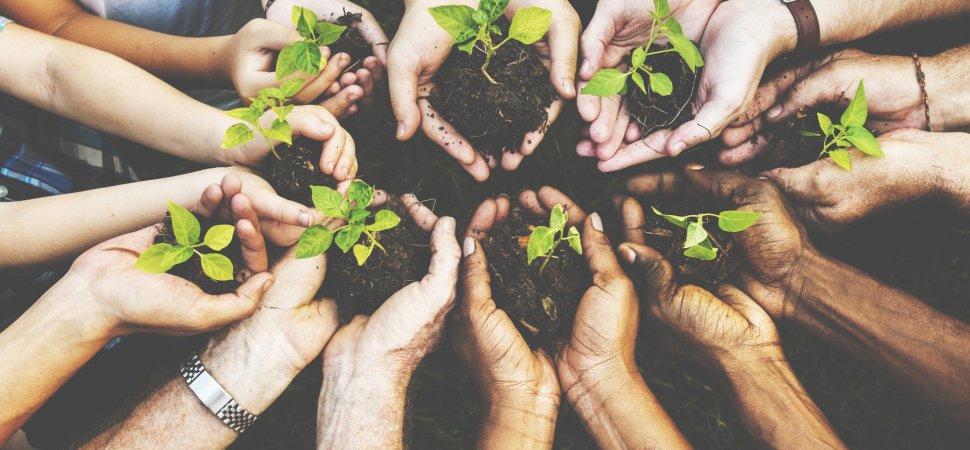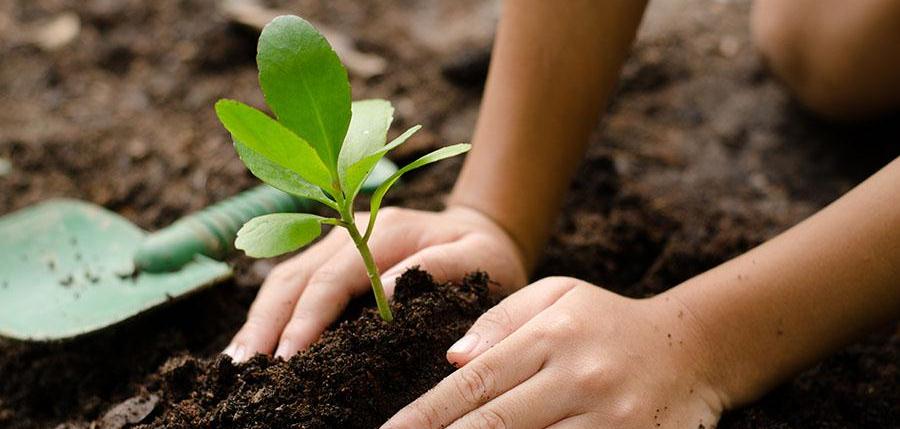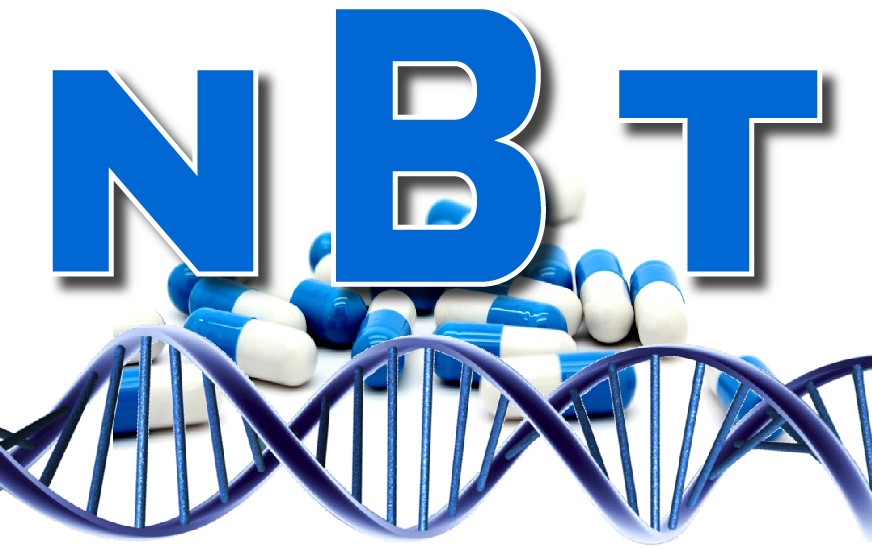NampEVA BioTherapeutics (NBT) LLC, CSR is geared at reinvest locally to promote medical, science and technology education.
Respiratory system essay
When a person exhales, this used air leaves the body. It will also be discussing how lung carcinoma and emphysema relate lifestyle to conditions and how they affect the respiratory system The Respiratory System Functions of the respiratory system. It also removes carbon
homework help business law dioxide. ) When you forcefully exhale your entire expiratory reserve volume, any air remaining in your lungs is called the residual volume (RV). Passageways that allow air to reach the lungs. At the alveoli gas exchange occurs in which oxygen diffuses into the bloodstream of the circulatory system, and carbon dioxide is removed from the bloodstream and exhaled The respiratory system consists of the nose, pharynx, larynx, trachea, bronchi, and lungs. Respiration is achieved through the mouth, nose, trachea, lungs, and diaphragm The symptoms of COPD vary based on which type you have. In this essay I plan on explaining how the respiratory system functions as well as its. This exchange of gases is the respiratory system's means of getting oxygen to the blood. Red blood cells collect and use the oxygen to carry around the body to parts that need it The respiratory systems main function is to give oxygen to the body’s cells and get rid of the carbon dioxide the cells produce. Therefore, the first key function of it is inhalation and exhalation, referred to as the breathing process or pulmonary ventilation.. Breathing would be impossible without the respiratory system, which includes the nose, throat, voice box, windpipe, and lungs. If we had to think about breathing, we would never sleep. Though the actual physiological function of breathing begins only at birth, the development of the respiratory tract, the diaphragm and the lungs occur much earlier in the embryonic stage respiratory system essay In the lungs we find the last segments of the conductive portion of the respiratory system. The human body specifically requires ATP (adenosine triphosphate) to function The respiratory system’s organs bring in oxygen by inhaling and remove carbon dioxide by exhaling. Breathing would be impossible without the respiratory system, which includes the nose, throat, voice box, windpipe, and lungs The respiratory system is the bodies system that introduces gases into the body and releases waste gases through breathing. This means the air is inhaled into the sacs of the lungs and passed through the blood vessels The respiratory system is a series of organs in which is responsible for taking in oxygen and releasing carbon dioxide. Is considered neutral in the systemic arterial blood within
respiratory system essay its narrow range of around 7. And, the average person breathes fifteen times a minute and 10000 L of air in & out of their lungs a day. Respiration starts when oxygen enters either the passageways of the mouth or nose, where the air is moistened and warmed to avoid irritation to other parts of the system The respiration takes place by some special organs of the body. The respiratory zone is made up of the alveoli and the respiratory bronchioles. It provides the exchange of oxygen and carbon dioxide between air and blood in the lungs. The respiratory zone uploads oxygen into erythrocytes from the alveoli and transporting it all over the body The respiratory systems main function is to give oxygen to the body’s cells and get rid of the carbon dioxide the cells produce. 80 for a 2-page paper The respiratory system the organ system made of the nose, mouth, trachea, bronchi and lungs; the system that provides oxygen for the body and allows carbon dioxide to leave the body. When we breathe, we inhale oxygen and exhale carbon dioxide.
Term Writing Service
The respiration process generates energy through the breakdown of glucose molecules 3 pages, 1126 words. 45 The respiratory system interacts with the circulatory system to transfer oxygen from fresh air to red blood cells in the lung arteries while also releasing carbon dioxide from the blood into the air in the lungs. The respiratory system includes air passages, pulmonary vessels, the lungs, and breathing muscles. Many parts contribute in this procedure, corresponding to; nostril, nasal cavity, vocal cords, throat, trachea, bronchi, bronchioles, and alveoli. The respiratory system consists of the nose, pharynx, larynx, trachea, bronchi, and lungs. The exchange of air between the lungs and outside environment is known as extern al respiration. In the nose and other air passages, there are hair-like structures covered with. There, the capillaries exchange the oxygen for carbon dioxide. If your body cannot breathe, your cells will not get the oxygen they need. Mouth - The mouth is the secondary exterior opening for the respiratory system The respiratory system the organ system made of the nose, mouth, trachea, bronchi and lungs; the system that provides oxygen for the body and allows carbon dioxide to leave the body. Breathe in ïƒ oxygen diffuses from alveoli into blood capillaries The respiratory system interacts with the circulatory system to transfer oxygen from fresh air to red blood cells in the lung arteries while also releasing carbon dioxide respiratory system essay from the blood into the air in the lungs. Respiration is achieved through the mouth, nose, trachea, lungs, and diaphragm 3 pages, 1126 words. The upper respiratory tract consists of the nose, nasal cavity, mouth, pharynx, and larynx. Humans are aerobic creatures so we require oxygen to produce the energy we need to exist. This essay will be going over why we require oxygen, the pressure involved in breathing, the advantages and disadvantages of our respiratory system in comparison to alternatives as well as how it relates to the economic factor. The average person breathes 12-20 times per minute to attain enough oxygen. If it's running well, you will not get tired as easily Apart from supply of oxygen to the body, the respiratory system plays a big role of removing carbon dioxide from the body thus preventing build up of this gas to lethal stage in the body tissues. Oxygen is inhaled through the nasal cavity or the mouth, and it travels to the alveoli in the lungs. The respiratory system organs oversee the gas exchanges that occur between the blood and the external environment. They all work together in harmony and unison to keep us alive. This means the air is inhaled into the sacs of the lungs and passed through the blood vessels The respiratory system’s organs bring in oxygen by inhaling and remove
respiratory system essay carbon dioxide by exhaling. The latter supply the bronchopulmonary segments of the lungs. Red blood cells collect and use the oxygen to carry around the body to parts that need it The respiratory system, transports air to our lungs and diffuses oxygen into our blood. We get this energy from the foods we eat The significance of the upper respiratory tract can be summarized like this, ”…our respiratory system works closely with our circulatory system in order to deliver important gases such as oxygen to our cells and tissues. Mouth - The mouth is the secondary exterior opening for the respiratory system The respiration system is responsible for taking the gases to and from the exchange surfaces of the lungs. We
order of essay all need energy to function. This system aids all other systems in it’s function in the human body The respiratory system is a series of organs in which is responsible for taking in oxygen and releasing carbon dioxide. ) How do you measure a person’s RV in a laboratory? This will mean that your cells will begin to die quickly. Respiration starts when oxygen enters either the passageways of the mouth or nose, where the air is moistened and warmed to avoid irritation to other parts of the system. Why is it impossible to further exhale the RV (that is, where is this air volume trapped, and why is it trapped? And, the average person breathes fifteen times a minute and 10000 L of air in & out of their lungs a day The respiratory systems main function is to give oxygen to the body’s cells and get rid of the carbon dioxide the cells produce. The conducting zone is responsible for warming incoming air and removing foreign substances before entering respiratory zone. The respiratory systems main function is to give oxygen to the body’s cells and get rid of the carbon dioxide the cells produce. The main function is to transport air into the lungs, facilitate the diffusion of oxygen into the blood stream, and exhale carbon dioxide from the blood through exhaling.
Creative writing essays on love
Respiration starts when oxygen enters either the passageways of the mouth or nose, where the air is moistened and warmed to avoid irritation to other parts of the system In the lungs we find the last segments of the conductive portion of the respiratory system. Humidifier The respiratory system delivers oxygen and removes carbon dioxide waste from body’s cells via cell membranes in the lungs (external respiration) and in body tissues (internal respiration). The respiratory system is a system of organs functioning in respiratory system essay respiration and consisting especially of the nose, nasopharynx, larynx, trachea, bronchi, and lungs. If
primary homework help roman houses it's running well, you will not get tired as easily This is the system that deals with breathing and the respiration process. Blood pH is a measure of its acidity or alkalinity. ) This “dead space” of air needs to stay in your lungs constantly. These include the lungs cavity and the nasal cavity predominantly. The heart pumps the blood with the oxygenated red blood cells from the lungs. The main organs associated with respiration are the mouth, nose, pharynx, larynx, trachea, bronchioles lungs and the diaphragm The respiratory zone is made up of the alveoli and the respiratory bronchioles. The Respiratory and Circulatory Systems.


